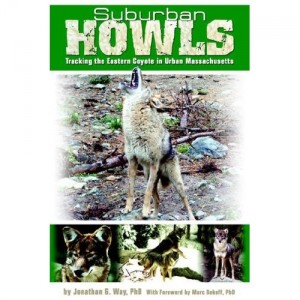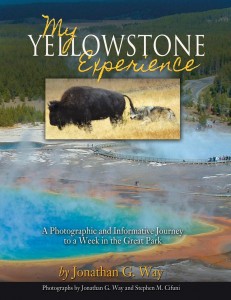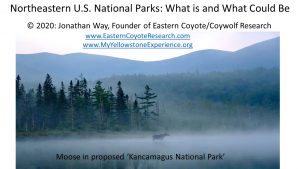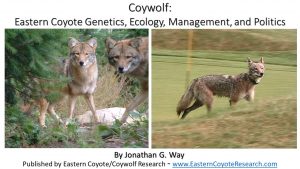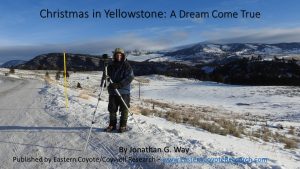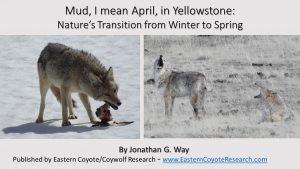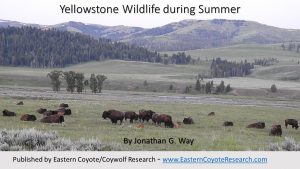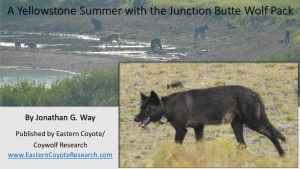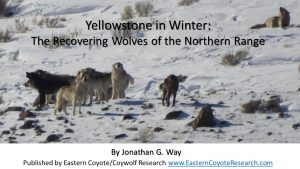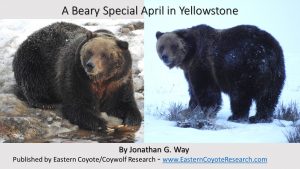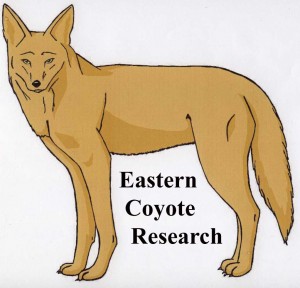October 27, 2014. Who really pays for wildlife? In this very important analysis, “Wildlife Conservation and Management Funding in the U.S.”, it is shown that the general taxpayer contributes substantial more to wildlife conservation than do hunters, despite the often mentioned comment that “hunters pay for wildlife management”. This document clearly shows that that is not true and that wildlife should be managed for all citizens as a public trust resource and not for special interests. Update April 15, 2016: A new article describing the same topic “The North American Model of Wildlife Conservation and Who Pays for It” very nicely (and in depth) describes how much more wildlife watchers and other non-consumptive users of wildlife contribute to wildlife management than just hunters. And added September 27, 2016. Why the North American Model of Wildlife Conservation is Problematic for Modern Wildlife Management. By M. Nils Peterson & Michael Paul Nelson. This is a super important professional/scientific article (available for free) that yet again challenges the North American Model of Wildlife Conservation and critiques the model for only giving white male hunters credit for wildlife conservation when the true story is much more diverse including non-hunters, women, and minorities.
Who really pays for wildlife in the U.S.?
About Jonathan Way
Jonathan (Jon) Way has a B.S. (UMass Amherst), M.S. (UConn Storrs), and doctorate (Boston College) related to the study of eastern coyotes/coywolves. He is the author of the following books: 1) Suburban Howls, an account of his experiences studying eastern coyotes in Massachusetts; 2) My Yellowstone Experience, which details - in full color - the spectacular wildlife, scenery, and hydrothermal features that can be found in the world's first national park; 3) Northeastern U.S. National Parks: What Is and What Could Be makes the case to expand the National Park System in the Northeast by adding 3 new national parks that are 44,000 acres or bigger; 4) The Trip of a Lifetime: A Pictorial Diary of My Journey Out West consists of 560 pages and nearly 1,000 pictures of a 3.5 week trip out west in 2019, showcasing most of the large mammals found in North America; 5) Coywolf: Eastern Coyote Genetics, Ecology, Management, and Politics is a 280 page pictorial treatise of his over 20 years studying this creature; 6) Christmas in Yellowstone is a 200+ page, 259 picture book based on his 9 day trip to the park during the 2020 holiday season; 7) Mud, I mean April, in Yellowstone, which is a 330 page, 430 picture look at the park during the mud season when nature transitions from winter to spring; 8) Yellowstone Wildlife during Summer, which was a major project showing over 650 pictures of the park's amazing wildlife in over a decade of summers spent in the park; 9) A Yellowstone Summer with the Junction Butte Wolf Pack, which details, in 510 pictures, the life and times of a famous wolf pack followed during the summer by adoring fans; 10) Yellowstone in Winter: The Recovering Wolves of the Northern Range, which details, in over 450 pictures, the wildlife of Yellowstone, particular wolves and their prey, during the depths of winter; 11) Backpacking the Iconic Pemigewasset Wilderness, which describes my 3 day, 35 mile journey into the heart of the White Mountains, New Hampshire; and 12) A Beary Special April in Yellowstone, which details his week and a half long encounter with a wild grizzly bear. Jon founded and runs his organization, Eastern Coyote/Coywolf Research, where his goal is to conduct long-term ecological and behavioral research on eastern coyotes. He also supplements his research with regular trips to Yellowstone National Park and other national parks.
This entry was posted in Uncategorized. Bookmark the permalink.
